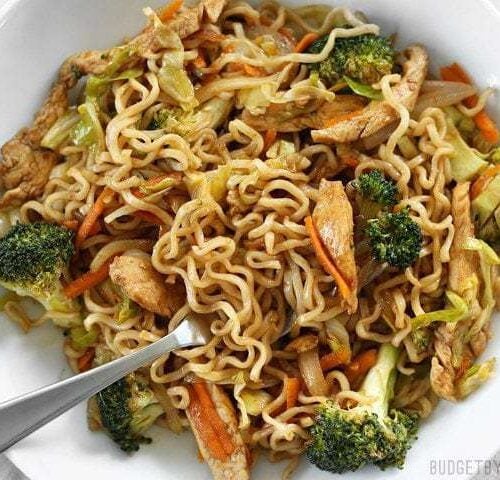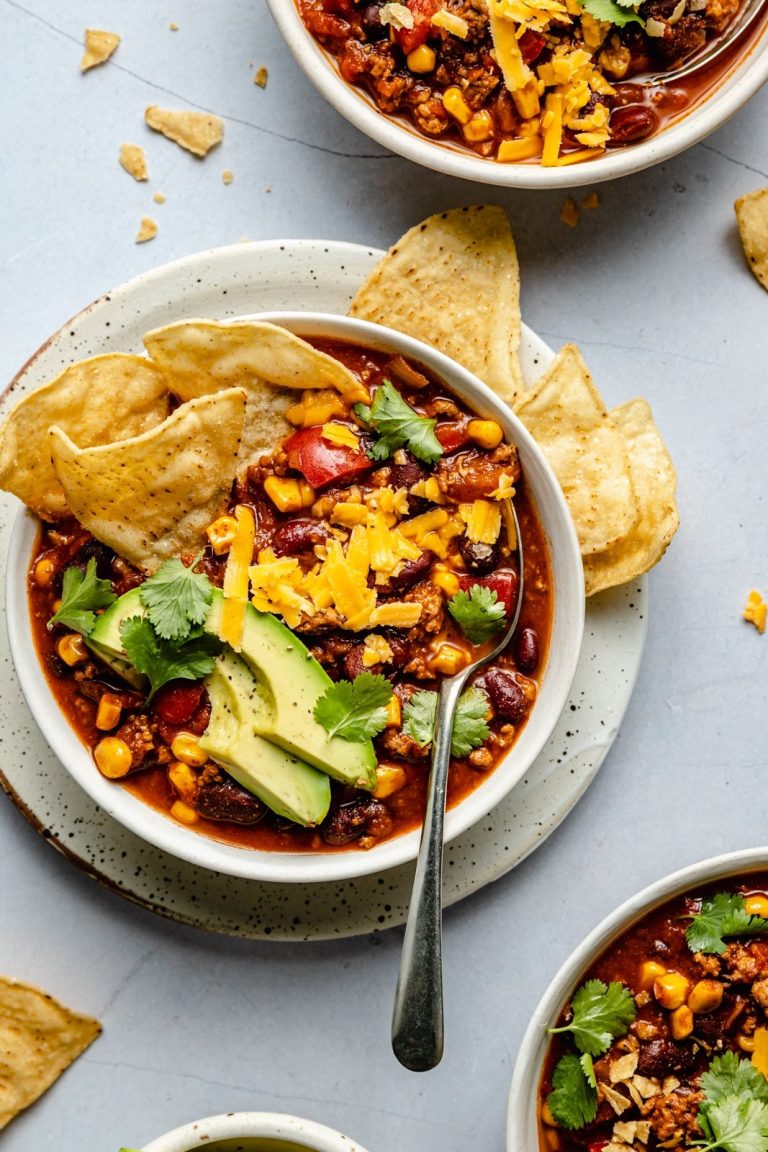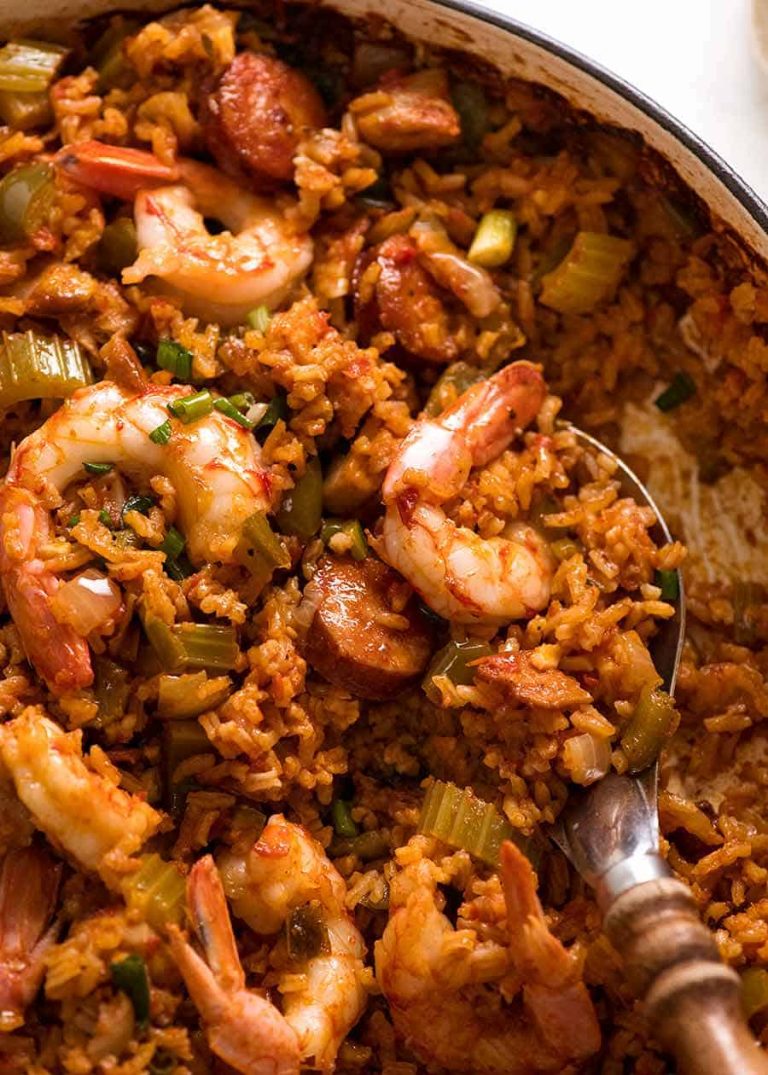Yakisoba Chicken: Recipes, Variations, and Serving Tips
Yakisoba Chicken has roots in Chinese cuisine but has become a staple in Japanese households. “Yakisoba” translates to “fried noodles” in Japanese, reflecting the dish’s primary cooking method. Initially popularized during Japan’s post-World War II era, it evolved into a beloved street food, often served at festivals and food stalls. This evolution transformed Yakisoba Chicken into both a quick meal and a cultural icon, symbolizing comfort and convenience.
Key Ingredients and Flavors
The dish typically includes chicken, yakisoba noodles, cabbage, carrots, and bell peppers. Yakisoba sauce, a blend of Worcestershire, soy sauce, and sugar, imparts its characteristic tangy and savory flavor. You’ll often find ginger and garlic adding an aromatic layer, while garnishes like scallions and seaweed enhance the dish’s visual appeal and taste. The combination of tender chicken, crispy vegetables, and flavorful sauce creates a satisfying and balanced meal.
How to Make Yakisoba Chicken
Necessary Ingredients
- Chicken Breast: 1 lb, thinly sliced
- Yakisoba Noodles: 14 oz, pre-cooked
- Cabbage: 2 cups, shredded
- Carrots: 1 cup, julienned
- Bell Peppers: 1 cup, thinly sliced
- Onion: 1 medium, thinly sliced
- Garlic: 3 cloves, minced
- Ginger: 1 inch, grated
- Soy Sauce: 1/4 cup
- Worcestershire Sauce: 2 tbsp
- Oyster Sauce: 2 tbsp
- Sugar: 1 tbsp
- Vegetable Oil: 2 tbsp
- Scallions: 2, chopped (for garnish)
- Seaweed: Aonori flakes (for garnish)
- Prepare the Sauce: Mix soy sauce, Worcestershire sauce, oyster sauce, and sugar in a bowl until the sugar dissolves.
- Cook the Chicken: Heat vegetable oil in a large skillet over medium-high heat. Add thinly sliced chicken breast and cook until no longer pink, roughly 5-7 minutes. Remove and set aside.
- Sauté the Vegetables: In the same skillet, add more vegetable oil if needed. Sauté minced garlic and grated ginger until fragrant, around 30 seconds. Add onions, carrots, bell peppers, and cabbage. Stir-fry until vegetables are tender, about 5-7 minutes.
- Combine Chicken and Vegetables: Return the cooked chicken to the skillet with the vegetables and mix well.
- Add the Noodles: Add pre-cooked yakisoba noodles to the skillet. Pour the sauce over the mixture and toss to combine. Stir-fry for another 3-5 minutes until the noodles are heated through and evenly coated with the sauce.
- Garnish and Serve: Remove from heat, garnish with chopped scallions and seaweed flakes (aonori). Serve immediately.
Variations of Yakisoba Chicken
Regional Modifications
Yakisoba Chicken boasts various regional modifications, each bringing unique flavors. In Hiroshima, chefs layer yakisoba over a thin crepe and top it with fried egg, a style known as Hiroshima-okonomiyaki. Kansai-style, on the other hand, incorporates mixed ingredients within the dish, often adding pickled ginger and bonito flakes.
Kyoto’s version uses yuba, known as tofu skin, offering a delightful texture contrast. Nagoya often introduces miso-based sauce, differing from the usual soy sauce blend, providing a richer taste. These regional twists make Yakisoba Chicken a dynamic and adaptable dish.
Vegetarian and Vegan Adaptations
Vegetarian and vegan adaptations of Yakisoba Chicken provide tasty alternatives free from animal products. Swap out chicken with tofu or tempeh to keep protein content high. Use mushroom, bell pepper, and bok choy for added flavors.
For the sauce, replace Worcestershire sauce with a vegan version or use tamari for a similar taste. Ensure that yakisoba noodles are free from egg content, opt for egg-free versions. These adaptations ensure everyone enjoys the vibrant taste of Yakisoba Chicken.
Pairing and Serving Suggestions
Best Side Dishes
Complement Yakisoba Chicken with a variety of side dishes that enhance its flavors. Japanese pickles (tsukemono) like takuan or umeboshi offer a tangy contrast. Miso soup adds a warming, umami-rich element. Consider including a simple cucumber salad to introduce a fresh, crisp texture. Edamame or gyoza (dumplings) provide additional protein and texture.
Tips for Presentation
Serve Yakisoba Chicken on large platters or individual plates, ensuring vibrant colors are visible. Garnish with finely chopped green onions, sesame seeds, and nori (seaweed) strips for added visual appeal. Place a lemon wedge on the side for an optional zesty kick. Use high-contrast dishware to make the dish stand out. Remember that a well-presented meal enhances the dining experience, making it more enjoyable for everyone involved.
Conclusion
Yakisoba Chicken is more than just a tasty dish; it’s a culinary journey through Japanese culture and flavors. Whether you’re a seasoned chef or a home cook, mastering this dish opens up a world of delicious possibilities. With its rich history and regional variations, Yakisoba Chicken offers something for everyone. Don’t hesitate to experiment with different ingredients and pairings to make it your own. Enjoy the process and savor the delightful results!






